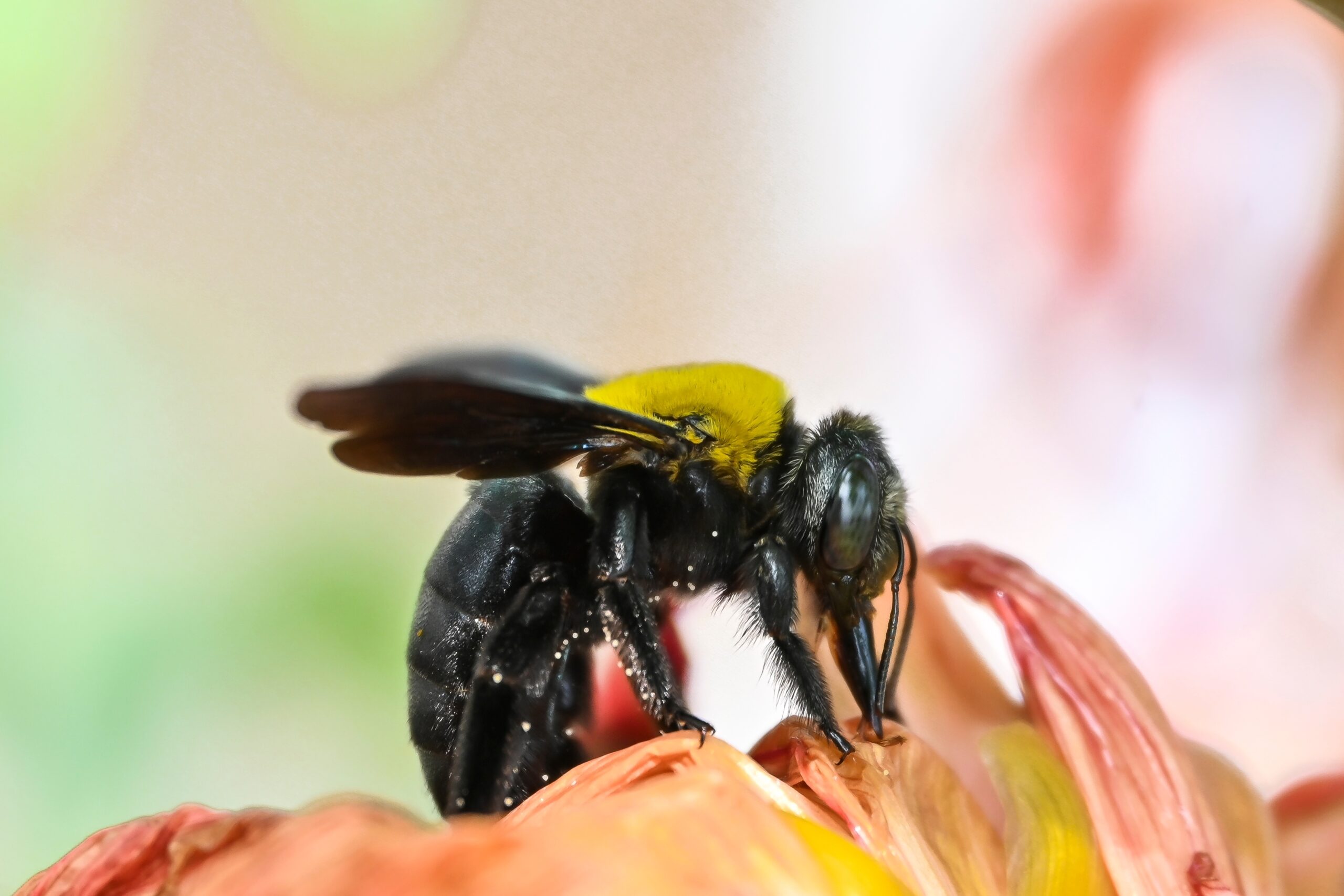Some birds are more than just feathers and flight; they’re masters of survival, adapting clever tactics to thrive in harsh environments and outsmart predators. From tool use to ingenious hunting strategies, these resourceful creatures have evolved remarkable ways to find food, stay safe, and even raise their young in challenging conditions. Each of these birds showcases unique behaviors that reveal just how intelligent and adaptable they can be. By blending instinct with learned skills, these feathered survivors give us a fascinating look at nature’s problem-solving at its finest. Here’s a look at 20 birds with incredible survival tactics that keep them one step ahead.
African Jacana
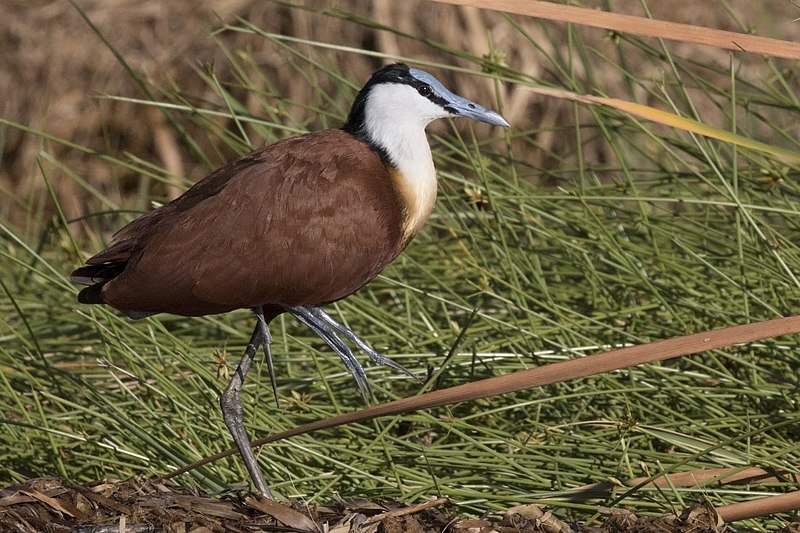
The African Jacana, often called the “Jesus bird,” has a distinct advantage when it comes to survival on water. These birds have elongated toes and claws that distribute their weight, allowing them to walk on floating vegetation without sinking. Males take on the responsibility of incubating eggs, even building “rafts” out of leaves if the nest floods. In times of danger, jacana chicks can submerge themselves underwater, emerging only when the threat is gone. Additionally, their keen sense of sight helps them detect predators early. The jacana’s ability to blend into its watery surroundings aids in evading both aerial and aquatic predators. This species is a fascinating example of adaptation in the watery habitats of Africa.
Common Cuckoo
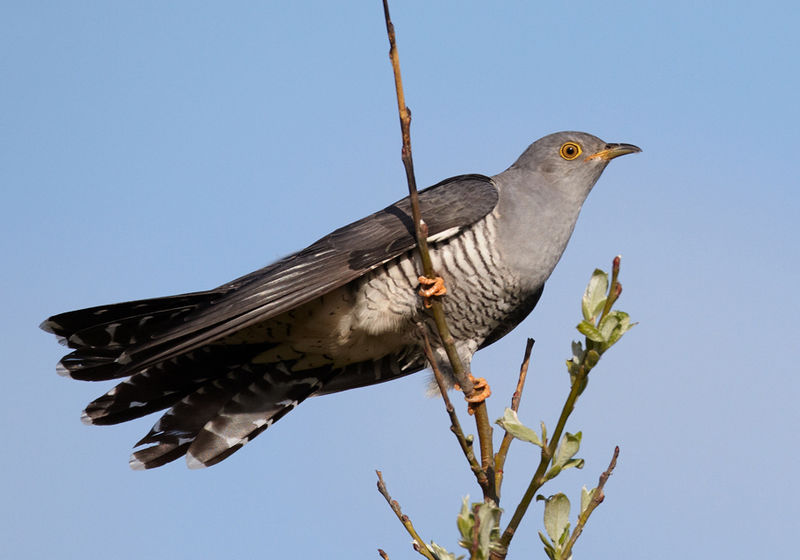
The common cuckoo’s survival strategy revolves around deception, particularly by laying eggs in the nests of other bird species. By mimicking the eggs of host birds, the cuckoo ensures its young are raised by unsuspecting foster parents. Once hatched, cuckoo chicks often push other eggs or chicks out of the nest, securing all the resources for themselves. This brood parasitism tactic minimizes the cuckoo’s need to care for its own offspring. Moreover, the chick mimics the calls of multiple nestlings to trick foster parents into feeding it more. This cunning approach has evolved over thousands of years, making cuckoos masters of manipulation. They continue to adapt to outsmart even the most discerning host species.
American Crow
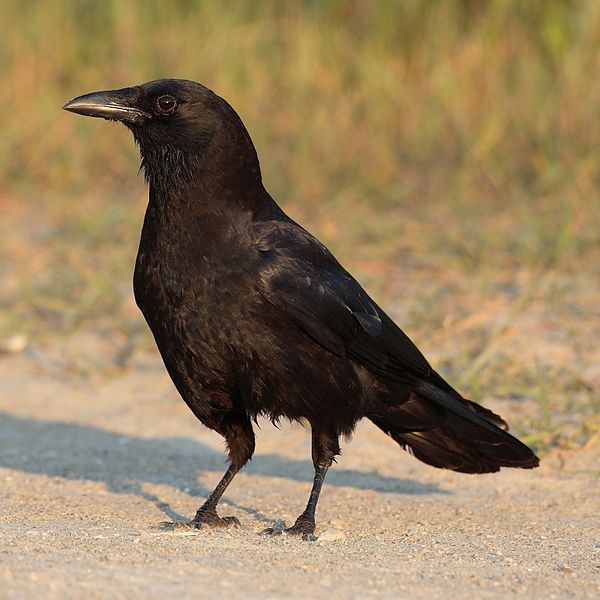
American crows are among the most intelligent birds in the animal kingdom, using tools, teamwork, and complex communication to survive. They are known to drop hard-shelled nuts on roads, waiting for cars to crush them open. Additionally, crows form family units, where younger birds help raise their siblings, increasing survival chances for the entire group. They even recognize human faces, remembering those who have harmed or helped them. When one crow finds food, it often calls others to join, ensuring their safety in numbers. This remarkable intelligence and social behavior make crows adaptable to various environments. Their resilience and cunning are key to their widespread success.
Peregrine Falcon
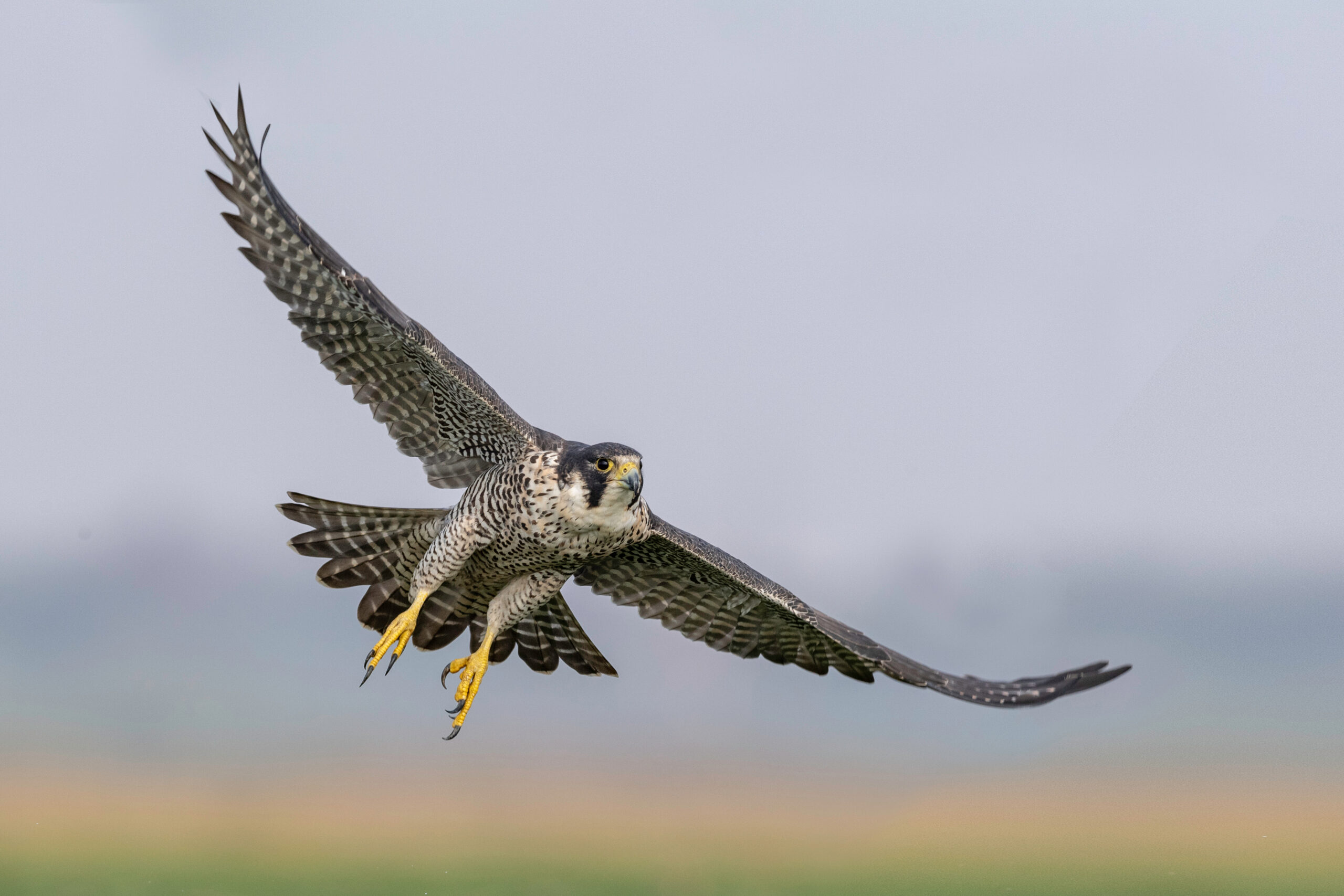
The peregrine falcon, known for its speed, is an expert hunter, diving at speeds over 200 mph to catch prey mid-air. With exceptional eyesight, they can spot targets from over a mile away, giving them an edge in open terrain. During hunts, the falcon clenches its talons to strike prey, often killing instantly with the impact. Adaptability is another survival tactic, as peregrines have thrived in urban areas, nesting on skyscrapers that mimic cliff faces. This bird also defends its territory fiercely, especially during nesting season, protecting its young with impressive aerial maneuvers. The peregrine’s resilience has helped it bounce back from near extinction due to pesticide use. Today, they symbolize both speed and survival against the odds.
New Caledonian Crow

The New Caledonian crow is famous for its advanced tool-making abilities, rivaling those of primates. Using sticks and leaves, it fashions hooks to extract insects from crevices, a rare skill in the avian world. They pass these skills through generations, teaching their young to adapt in their environment. Observing human activity, they sometimes even adapt human-made materials into their tools. These crows often solve complex puzzles that stump even other intelligent animals. Their remarkable innovation helps them survive in forests where food sources can be challenging to access. This species stands out as one of the few birds with such a unique approach to problem-solving.
Northern Shrike

Northern shrikes employ a survival technique that may seem gruesome but is effective in securing food. Known as “butcher birds,” they impale their prey on thorny branches or barbed wire to store food for later. This technique allows them to hunt more efficiently, as they can stockpile during periods of abundance. Shrikes’ powerful beaks can kill small mammals and birds, giving them a wider range of prey than other small birds. They often inhabit areas with sparse vegetation, making it easy to spot predators and avoid danger. Additionally, this caching behavior allows shrikes to survive harsh winters when food is scarce. Their survival tactics are both brutal and brilliant, ensuring they have resources year-round.
Hoatzin
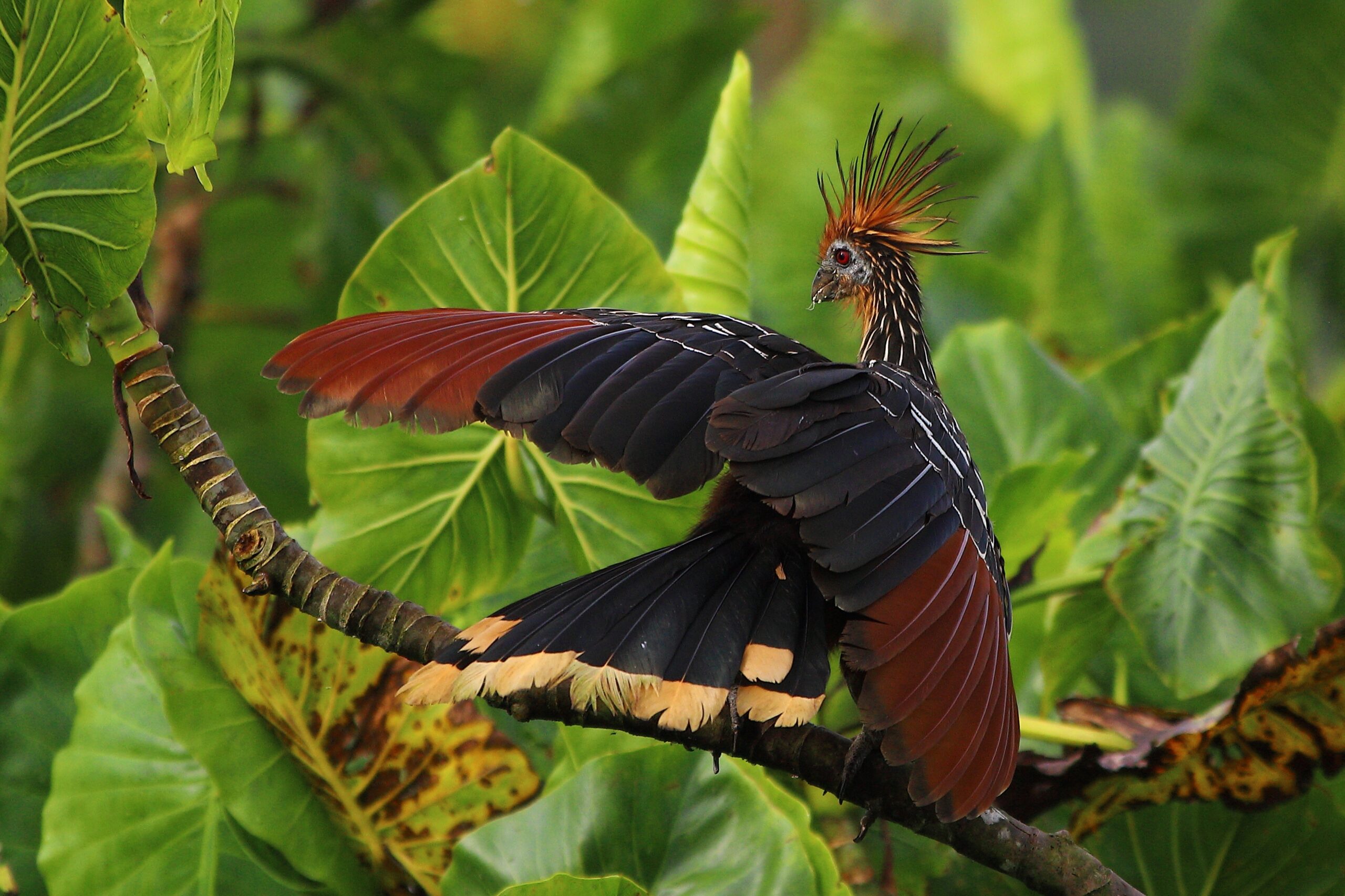
The hoatzin, a unique bird native to South America, survives with a digestive system akin to that of ruminants. This bird’s stomach ferments vegetation, allowing it to thrive on leaves that other birds cannot digest. Juvenile hoatzins possess claws on their wings, helping them climb trees before they can fly. When threatened, young hoatzins often drop into the water below and swim to safety, climbing back up once danger has passed. The adult’s pungent odor deters many predators, giving them an added layer of protection. Unlike other birds, hoatzins spend most of their time in trees near water, avoiding ground-dwelling threats. This bird’s unusual adaptations reflect millions of years of specialized evolution.
Southern Ground Hornbill
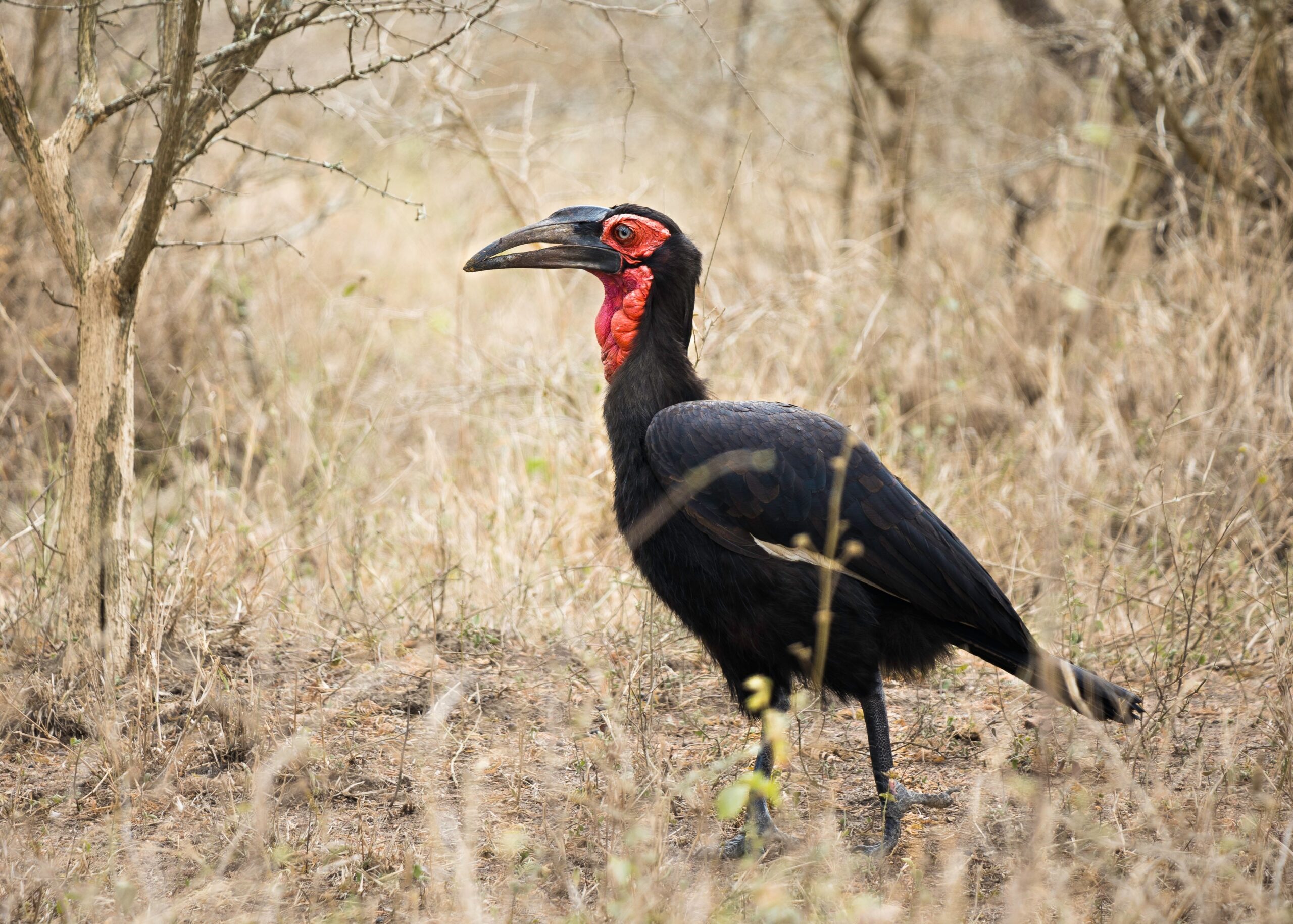
Southern ground hornbills are highly social birds that survive by hunting cooperatively in small groups. These large, terrestrial birds use teamwork to flush out prey, including reptiles, insects, and small mammals. Their large size and formidable beaks allow them to tackle prey that other birds might avoid. Additionally, their deep, booming calls serve both as communication and a way to establish territory. During times of food scarcity, younger hornbills remain with their families, increasing survival chances. With specialized diets and strong family bonds, they adapt well to Africa’s savannas. This species showcases how cooperation in the avian world can be a successful survival strategy.
Egyptian Vulture
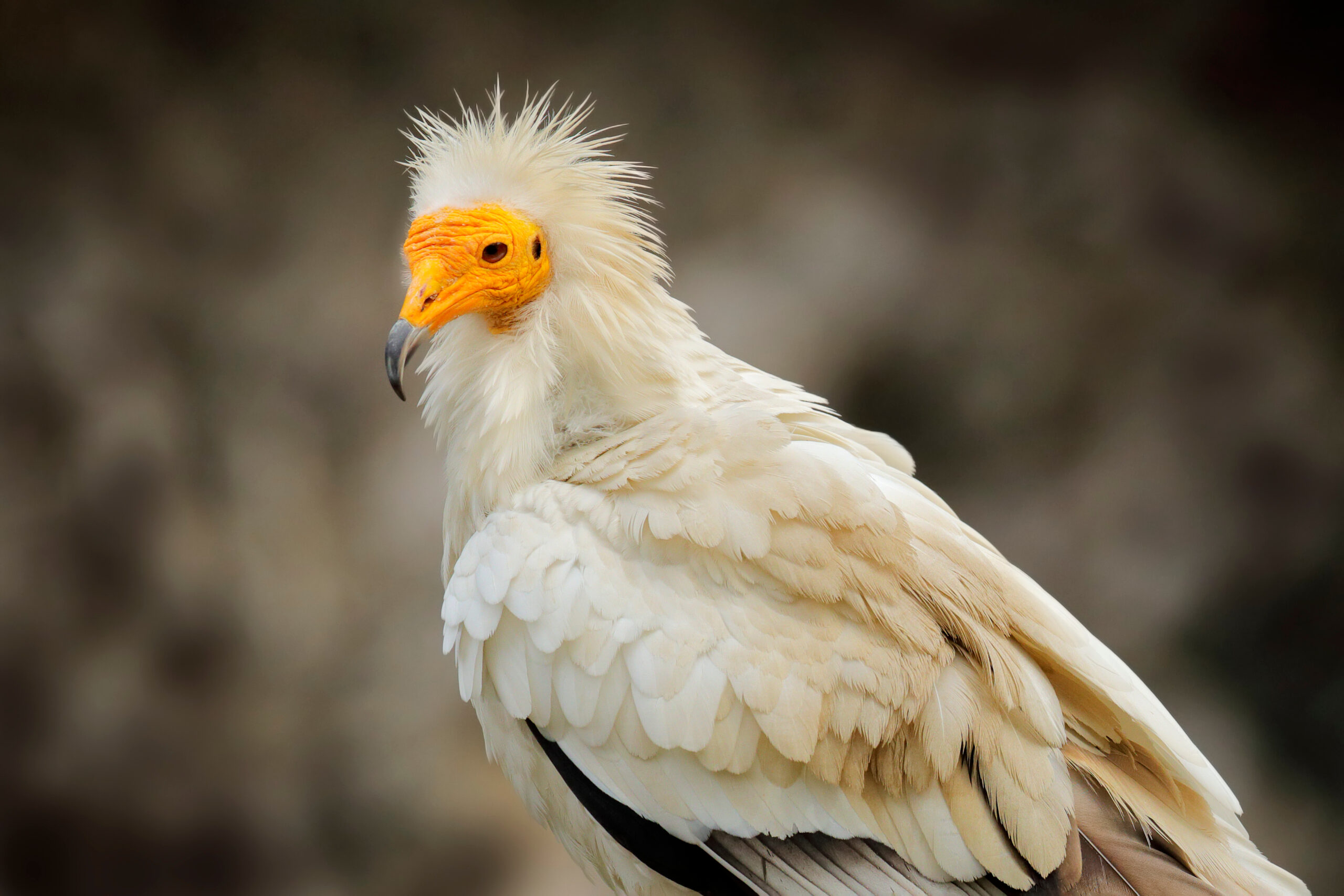
The Egyptian vulture is one of the few bird species known to use tools, particularly stones, to break open eggs. This technique enables them to access food sources that other birds cannot reach. By dropping stones onto eggs, they gain a reliable food supply in otherwise barren environments. Additionally, these vultures have a unique diet, consuming carrion, which reduces competition with other predators. They are highly adaptive, often living near human settlements where food is more abundant. This vulture’s intelligence and adaptability are crucial for its survival in arid regions. Its distinctive tactics set it apart as a remarkably resourceful scavenger.
Grey Heron
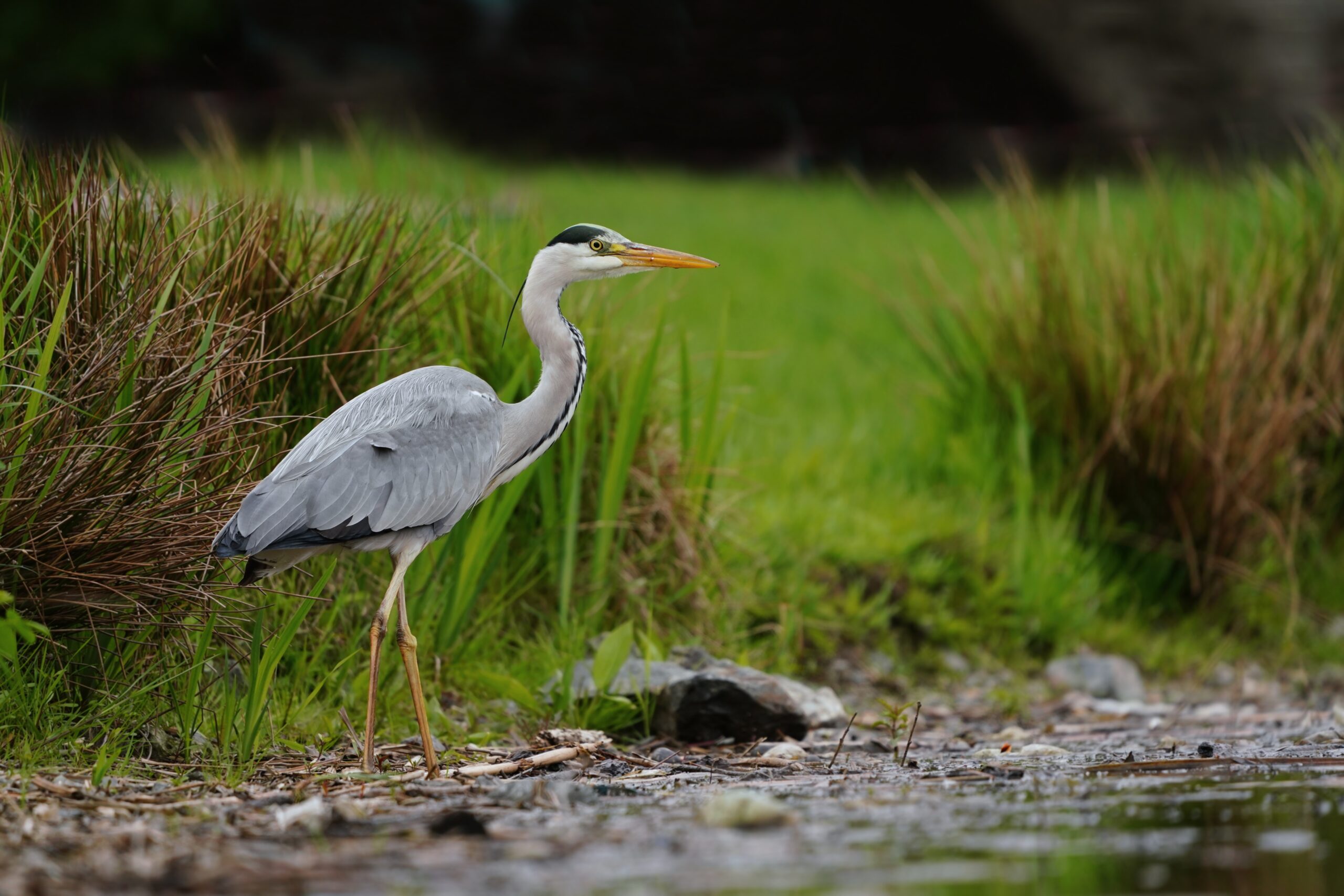
Grey herons are adept at fishing, utilizing patience and precision to catch their prey. They stand motionless in shallow waters, waiting for fish to swim by before striking quickly with their sharp beaks. This ambush tactic requires minimal energy, making it an efficient method of feeding. In addition, herons sometimes use bait, dropping small objects in the water to attract fish—a rare behavior among birds. They can also consume a wide variety of aquatic animals, broadening their dietary range and resilience. Grey herons thrive in both urban and rural environments, showing their adaptability. Their hunting prowess has made them one of the most successful wading birds globally.
Lyrebird
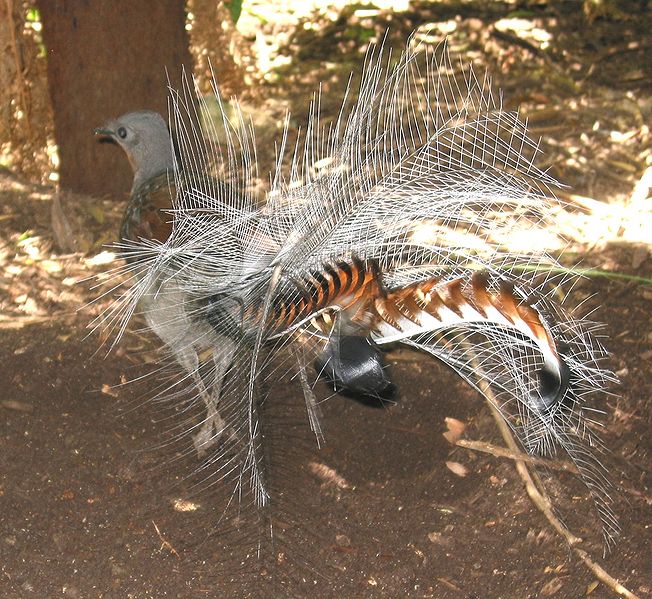
The lyrebird is renowned for its extraordinary vocal mimicry, imitating sounds from chainsaws to camera shutters. This skill helps the lyrebird avoid predators by mimicking noises that can startle or confuse them. During courtship, males use their mimicry to impress potential mates, imitating a range of sounds that few animals can match. This elaborate mimicry displays their fitness and adaptability to survive in dense forest environments. Lyrebirds are also ground-dwellers, adept at camouflaging among leaves and branches. Their complex vocalizations are often passed down through generations, making them skilled at evolving their mimicry. Their survival is a testament to the power of adaptability through sound.
Osprey
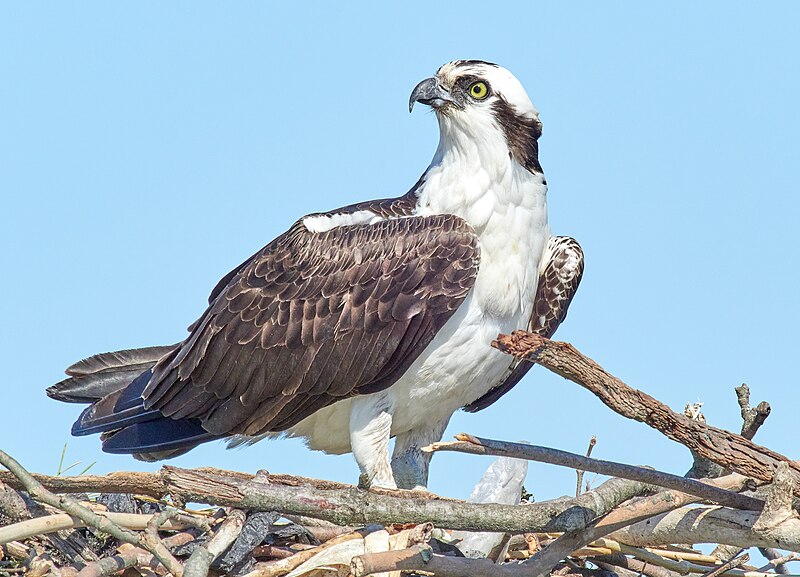
Ospreys are specialized fish hunters, equipped with reversible outer toes and spiked scales on their feet that help them grip slippery fish. They have excellent eyesight and can spot fish from high in the air before diving at high speeds to snatch their prey. Ospreys often live near bodies of water, where they have access to an abundant food source. Their nests are usually built on high, isolated structures like cliffs or artificial platforms, keeping predators at bay. This bird’s powerful hunting technique is nearly foolproof, and their strong beaks allow them to tear through even the toughest fish. Ospreys migrate long distances, covering thousands of miles to reach their breeding grounds. Their adaptability to both natural and human-made environments has helped them thrive globally.
Masked Booby
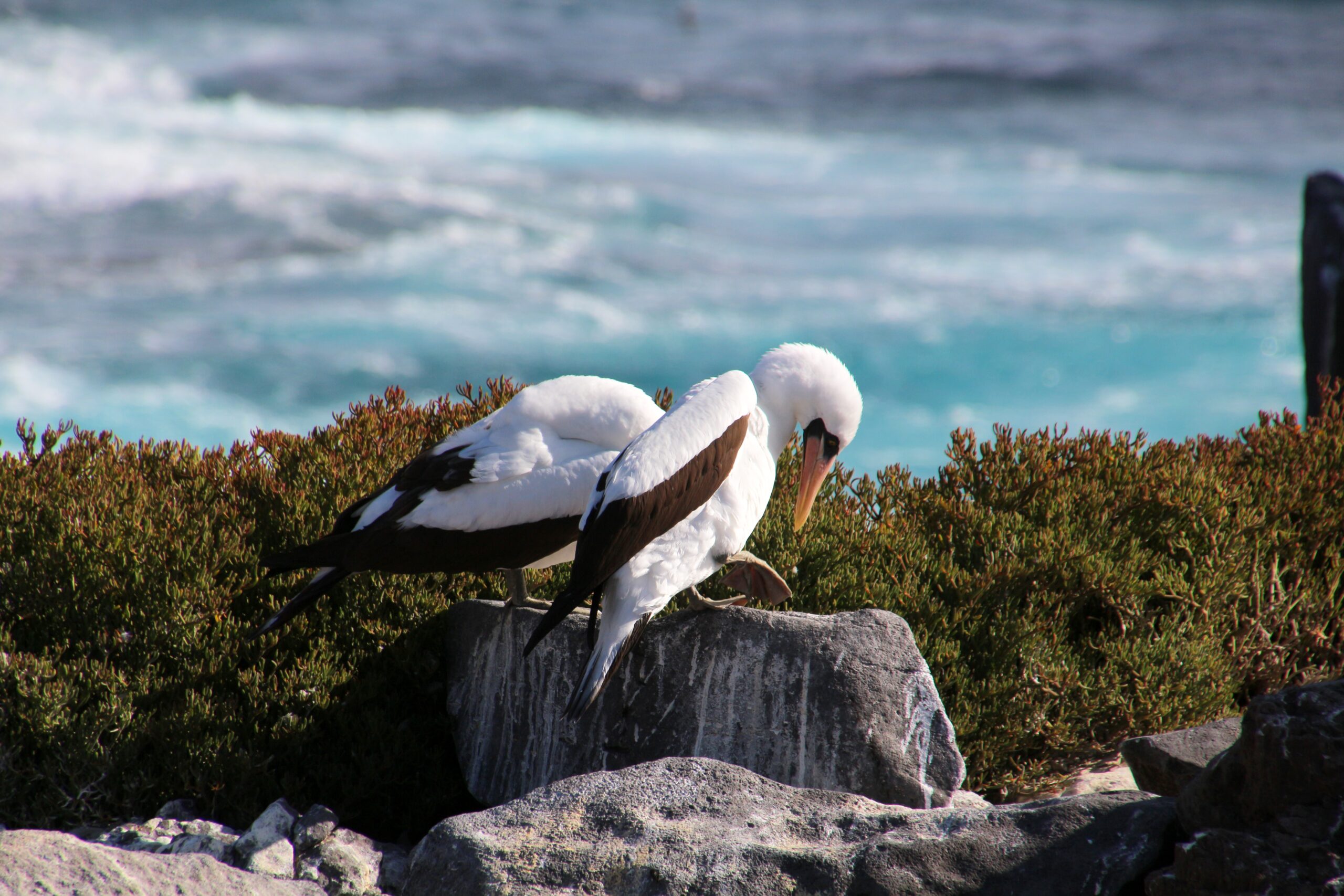
Masked boobies have a unique approach to ensuring their young survive; they typically lay two eggs, but usually only one chick survives. Known as “obligate siblicide,” the stronger chick often pushes the weaker one out of the nest to increase its survival chances. This brutal behavior ensures that resources like food are not stretched thin. Masked boobies have evolved to accept this behavior as part of their survival strategy. They hunt fish by diving from great heights, catching prey with precision. Their sharp beaks and streamlined bodies are perfectly adapted for fishing in open oceans. Masked boobies are examples of nature’s sometimes harsh but effective ways of ensuring survival.
Snowy Owl
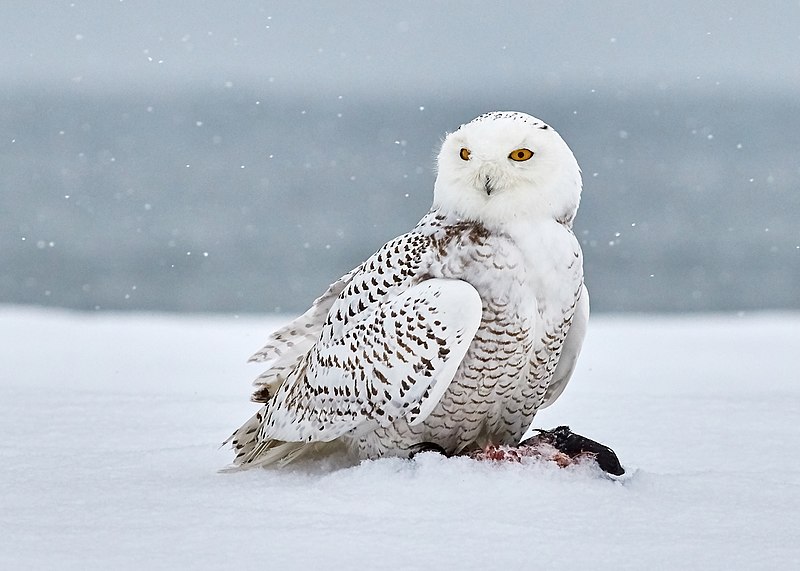
Snowy owls are built to survive in the harsh Arctic, with thick plumage that insulates them from extreme cold. Their feathers cover even their feet, providing warmth on icy terrain. Unlike many owls, snowy owls are diurnal, hunting during the day to maximize their chances of finding prey. They primarily hunt lemmings, but their diet can vary widely, depending on availability. Snowy owls are known to travel far when food is scarce, showcasing their adaptability. They blend seamlessly into their snowy surroundings, providing camouflage from predators and prey. These survival skills make the snowy owl one of the Arctic’s most resilient avian hunters.
Barn Owl
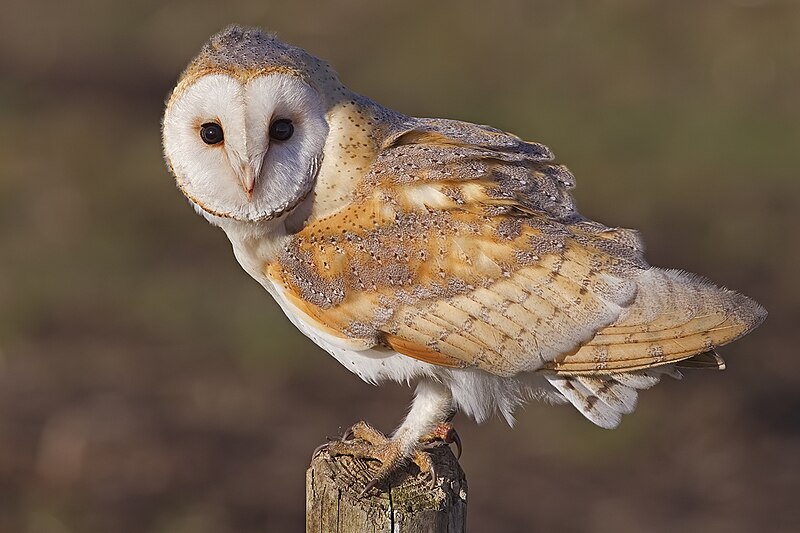
Barn owls are known for their exceptional hearing, which helps them locate prey in complete darkness. Their asymmetrical ears allow them to pinpoint sounds with incredible accuracy, a vital skill when hunting at night. With a silent flight, barn owls can sneak up on rodents and small mammals undetected. Their feathers are structured to minimize noise, giving them a stealth advantage. They often hunt in open fields, where their pale coloration blends well with moonlit landscapes. Barn owls are highly adaptable, thriving in both rural and urban settings. This sensory and stealth combination makes them highly effective predators.
Greater Roadrunner
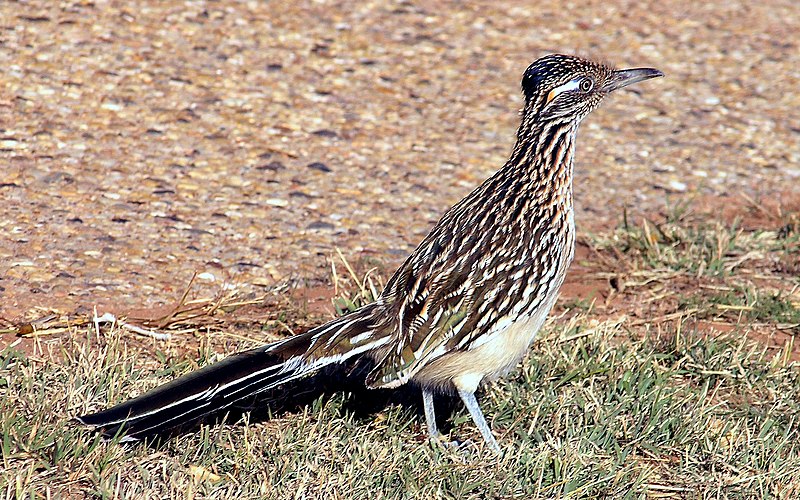
The greater roadrunner, native to deserts in North America, has adapted to survive in harsh, dry environments. Capable of running up to 20 mph, it relies on speed to catch prey like insects, small mammals, and reptiles. They have been observed to hunt venomous snakes, using their agility to dodge strikes and deliver fatal pecks. Roadrunners are also opportunistic, taking advantage of any available food source, including scavenging. To conserve energy, they alternate between active hunting and basking in the sun to regulate body temperature. Roadrunners are known to use teamwork when hunting larger prey, increasing their chances of success. These desert dwellers are perfectly adapted to the challenges of their arid habitat.
Kea
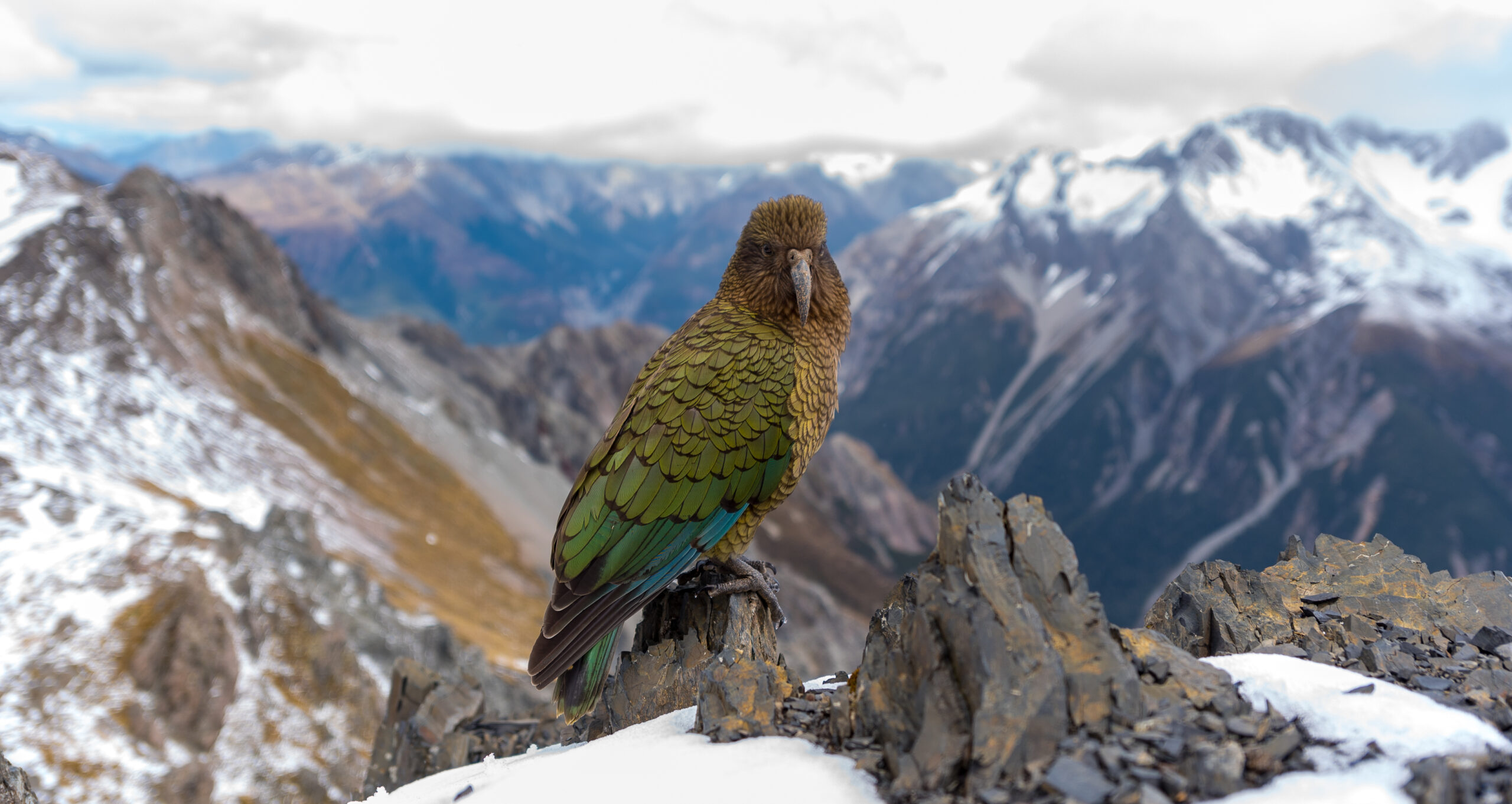
The kea, native to New Zealand, is known for its curiosity and intelligence, which it uses to adapt to alpine environments. These parrots are highly social and can work in groups to solve complex problems, like opening trash cans for food. They are opportunistic feeders, known to scavenge from human settlements when natural food sources are scarce. Keas can also strip meat from carcasses, a rare behavior for parrots, showing adaptability in their diet. Their beaks are uniquely suited for tearing, helping them access food in difficult conditions. Keas have playful behaviors that sometimes serve as practice for survival skills. Their resilience and resourcefulness make them extraordinary among birds.
Secretary Bird
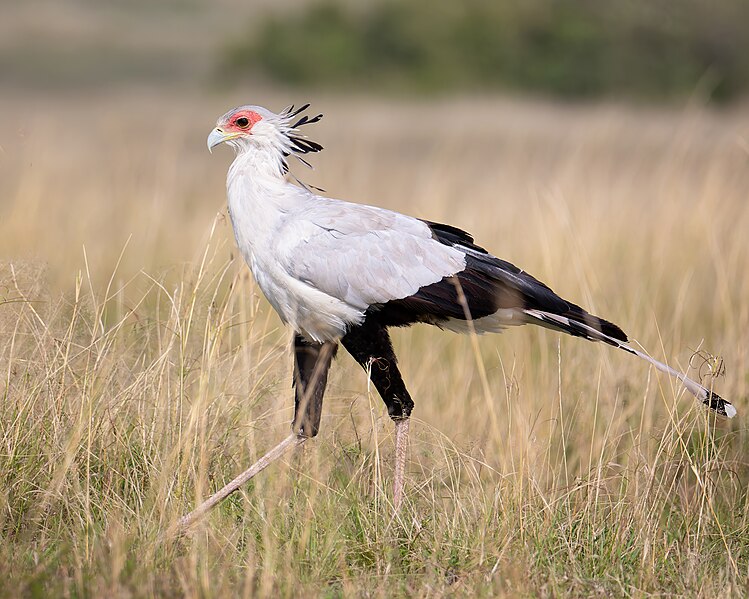
The secretary bird is a large, ground-dwelling bird of prey in Africa, renowned for its snake-hunting abilities. They use their powerful legs to stomp on snakes, delivering rapid, forceful kicks to incapacitate or kill their prey. Secretary birds hunt by walking, covering large distances in search of insects, lizards, and small mammals. Their long legs provide a vantage point for spotting potential threats or food in open grasslands. Secretary birds are also known to hunt cooperatively, with pairs sometimes teaming up to corner prey. They are well-adapted to the savannas and have few predators due to their size and strength. This unique bird exemplifies survival through specialized hunting techniques.
Raven
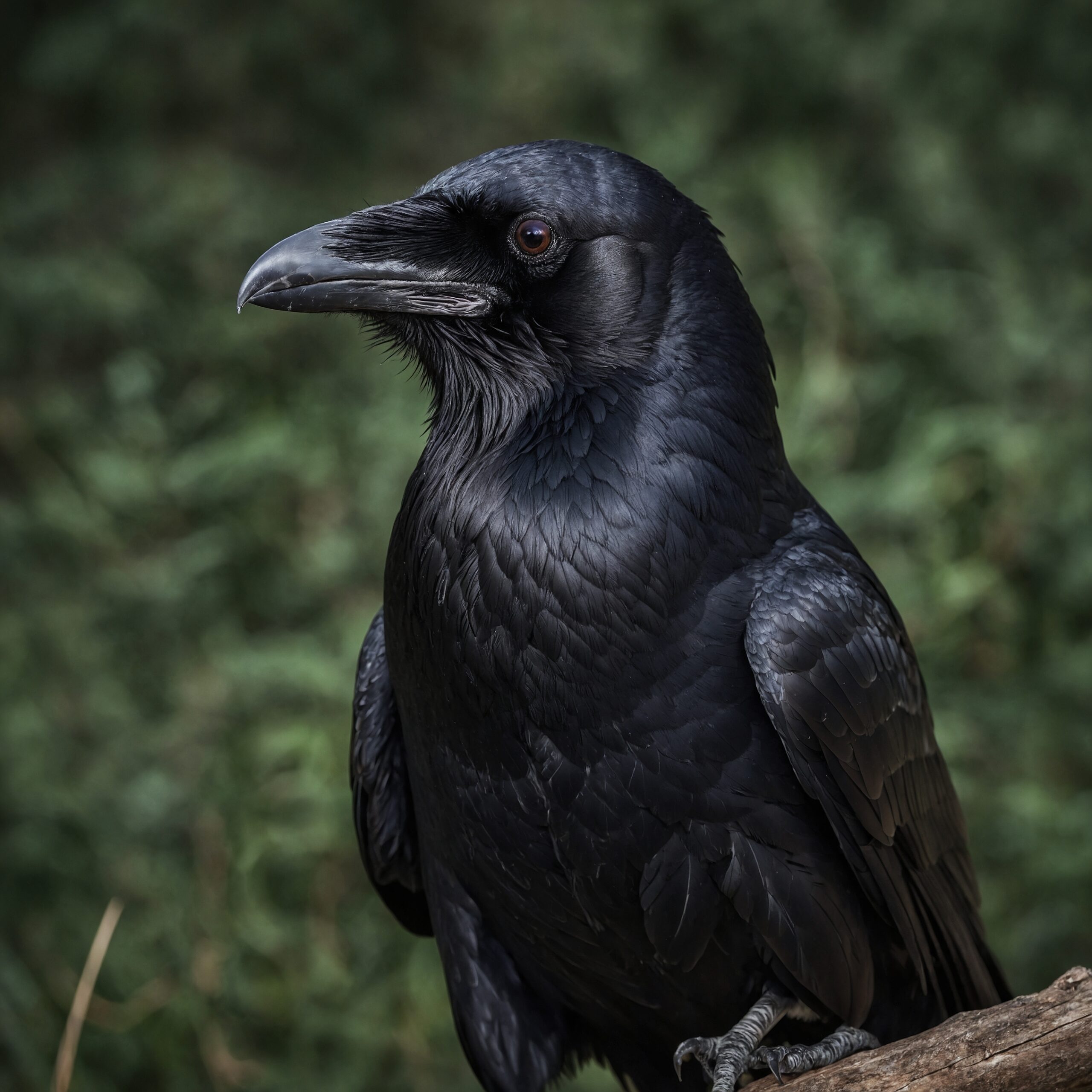
Ravens are exceptionally intelligent birds, known to use complex problem-solving skills to access food. They have been observed to work together, with one raven distracting a predator while another takes the food. Ravens also cache food, hiding it in various locations for later retrieval. They are known for their mimicry abilities, which they use to communicate and even deceive other animals. Ravens can adapt to various environments, from mountains to urban areas, making them versatile survivors. They are highly social and often form long-term bonds, which can aid in their survival. This adaptability has made ravens one of the most successful bird species worldwide.
Burrowing Owl
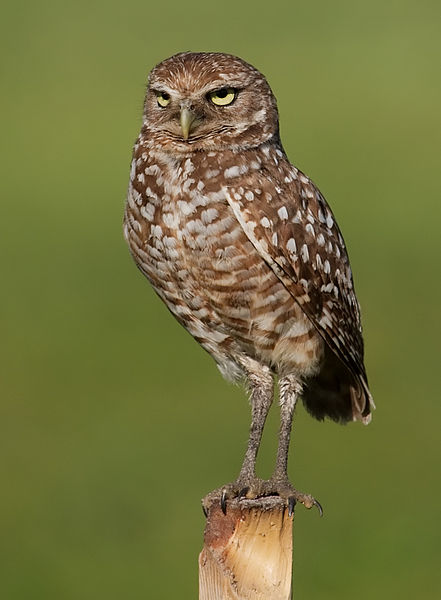
Burrowing owls live in underground burrows, a unique adaptation that protects them from predators and harsh weather. They often take over burrows created by other animals, like prairie dogs, rather than digging their own. These owls are active during both day and night, giving them more flexibility in hunting and reducing competition. To deter predators, burrowing owls mimic the rattling sound of rattlesnakes, scaring away potential threats. They hunt a wide range of prey, including insects and small mammals, adjusting their diet as needed. Burrowing owls often live in open prairies, where their camouflage helps them stay hidden. This species showcases how versatility in behavior and habitat use enhances survival.
This article originally appeared on Rarest.org.
More From Rarest.Org
Our oceans are home to some of the most incredible creatures on Earth, but many marine species are now facing extinction. These species are struggling due to habitat destruction, pollution, and overfishing, leaving their populations dangerously low. Read more.
Pollinators play a vital role in global agriculture, ensuring the growth of crops that feed both humans and livestock. Many species responsible for this essential task are now endangered due to habitat loss, pesticide use, and climate change. Read more.
Nomadic tribes have wandered the Earth for thousands of years, living in harmony with nature. Despite the modern world’s advancements, several ancient nomadic groups continue their traditions, roaming across vast regions as they have for centuries. Read more.


